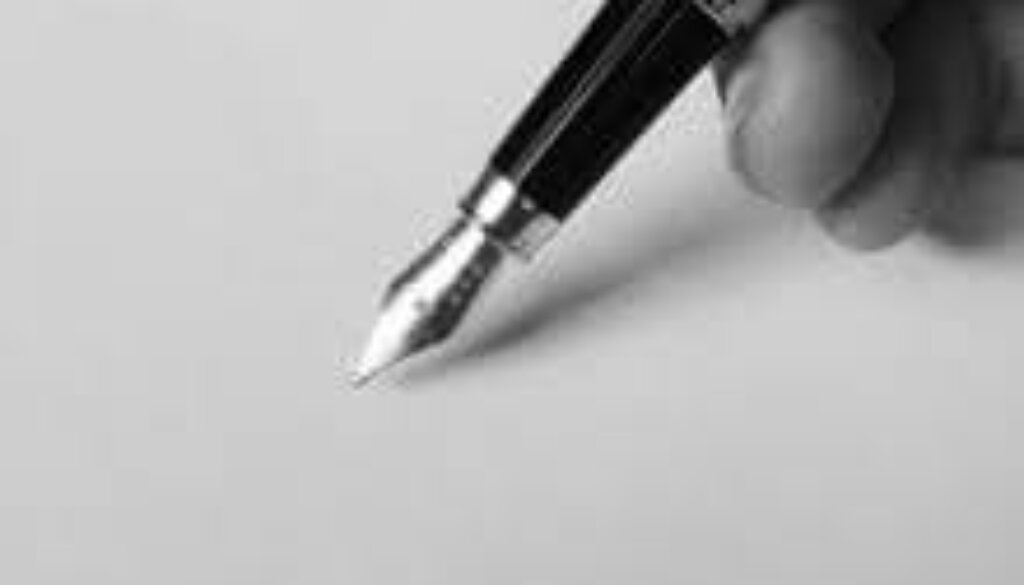History of Pen | Types of Pen | Top 5 Best Pens
History of Pen | Types of Pen | Top 5 Best Pens | Blogiya.com
We often use many things to write like a pen, pencils, and markers. But have you gone through the histories of all these things like what is a pen or history of Pen? We often use many things to write like a pen, pencils and markers. What is a pencil? How they were made? We often use many things to write like a pen, pencils and markers. When do people think they need a pen or pencil to write? When do they start writing on paper? We often use many things to write like a pen, pencils and markers. Who discovers the shape, size length of all these writing instruments?
When the man was born there was no book even no word. They used to talk by actions but this world is a global village, they find ways to give their message like first they do actions but after some time they invent words to talk and now you see there are almost 6,500 languages to talk and this entire struggle is to just convey the message. First, they used to write on rocks with rocks but then they invented a pencil and after that, the pen was invented. But what is a pen? How many types of pen are there? Like ink pen, ball pen, etc. And today the topic of our concern is an ink pen.
What is an Ink Pen?
An ink pen is a writing instrument used to write or to draw with the help of ink on any surface.
Why are pens called pens?
The pen is a general name for a writing tool that uses liquid pigments to leave a mark on the surface. This liquid pigment is called ink. Metal nibs for dip pens were used in Ancient Rome but were not popular until they were mass produced in the 19th century.
What does a pen do?
A pen is a writing instrument used to apply ink to a surface, usually paper, for writing or drawing. Historically, reed pens, quill pens, and dip pens were used, with a nib dipped in ink.
History of pen and ink:
We often use many things to write like a pen, pencils, and markers. History of pens starts in Ancient Egypt where scribes, trying to find a replacement for styluses and writing in clay, invented REED pens. These pens were made from a single reed straw that is pointed at one end and with a slit that led the ink to the point and left the mark on the papyrus. This pen was too hard and rigid and it was not the last longing. Because of that people started using quills – pens made from molted flight feathers of large birds. These pens were also made by making a point at the thicker end but feathers were cured before the use and could maintain the point longer. They were popular in the Western World from the 6th to the 19th century until steel pens appeared.
Metal nibs for dip pens were used in Ancient Rome but were not popular until they were mass produced in the 19th century. Pens with reservoirs were known since the 10th century but were not widely used. In the 17th century, inventor Daniel Schwenter made a pen made from two quills that held the ink inside of being dipped into an inkwell.
The first fountain pens appeared in the 19th century in France and revolutionized writing because they made much less mess and didn’t have to be dipped in inkwell all the time. End of the 19th century saw also the first ballpoint pen which was then modernized and even it was cheaper from the fountain pen. The first fiber or felt-tipped pen was invented in Japan in the 1960s and it later developed into marker pen and high lighter. In the 1970s the rollerball pen was invented that uses water-based inks, as it was cheaper from ballpoint pens and ball pens were used on oil-based inks.
We often use many things to write like a pen, pencils and markers. Ink is as old aspen or maybe older. Chinese knew about inks in 23rd century B.C. Chinese made plant inks, animal inks and mineral inks for writing, paintings on skill and paper. Pine sap was also one of the famous ink of Chinese which was made from trees that were between 50 to 100 years old. They also made inks from a mixture of hiding glue, carbon black, lamp black and backbone pigment which was mixed with pestle and mortar. In India, an ink was invented in the 4th century B.C. this ink was called “mass” made from burnt bones, tar and pitch Greeks and Romans made ink from soot, glue, and water which were called carbon sinks. They don’t damage the paper; they reused on but are not resisted to moist and can smudge. “Iron gall ink” was popular from the 15th century to the 19th century and was made from iron salts and tannic acids but these inks damaged the papers.
In the 12th century Europe, the ink was also made from branches of hawthorn which were cut in the spring and left to dry. Then the bark from the branches would be peeled off and left to soak in the water for eight days that water would be boiled until it is thick and black but while boiling, wine would be added to it. That thick and black liquid would be poured in bags and left on the sun to dry. When it is dried, wine and iron salt would be mixed with it over the fire, resulting would be ink ready to use.
We often use many things to write like a pen, pencils and markers. Now ink and pen change the entire world together as they are the best inventions.
Read Also: Qualities of Good Content Writer.
How do ink pens work?
The ballpoint pen is a pen that uses a small rotating ball made of brass, steel or tungsten carbide to disperse ink as you write. All of the pens that preceded the ballpoint whether quill, metal or fountain that were used by a watery, dark ink that led through the pen using capillary actions. The ink can flow unevenly.
How many types of ink are there?
There are almost four types of ink: pigment, water, oil, and alcohol-based.
What does the acronym PEN stand for?
- PEN Parotid Encounter National
- PEN Pennsylvania Environment Network
- PEN Personal Education Number
- PEN Program Element Number
- PEN Parent Empowerment Network
- PEN Plain English Network
- PEN Professional Employer Network
Which one is better, a fountain pen or ink pen?
By a survey, most people like to work with fountain pens because they are smooth in writing.
What is inside in an ink?
Some have gel in it like gel pens have oil-gel based ink. Some are oil- based, some are alcohol-based and some are water-based ink pens.
The top 5 best pens:
- Pilot G2 Retractable Premium Gel Ink Roller Ball Pens.
- Uni-ball Jetstream RT Fine Point Retractable Roller Ball Pens.
- Cross Classic Century Ballpoint Pen
- Pilot Dr. Grip Limited Retractable Rolling Ball Gel pen
- Lamy Safari Fountain Pen






